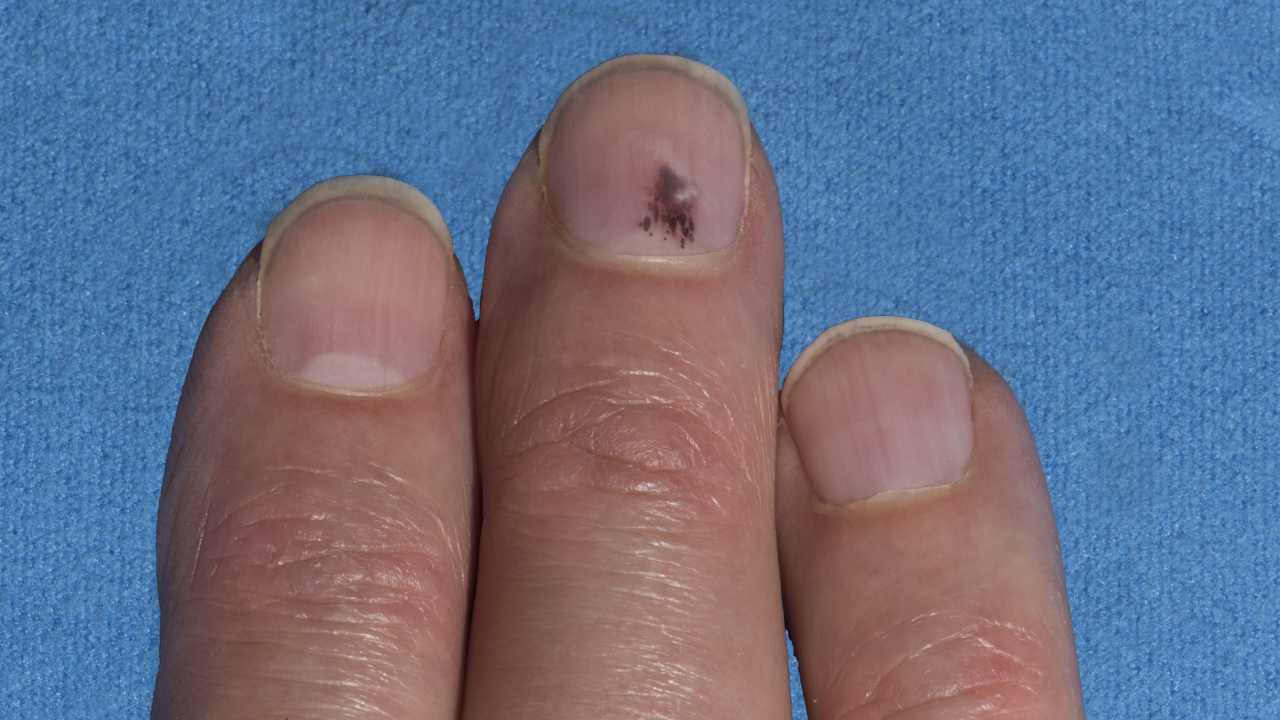 Photo: Getty Images
Photo: Getty Images
Melanoma may be overlooked in cancer screening programs, because it is relatively rare. This is unfortunate because melanoma is highly curable when diagnosed early, but deadly when allowed to develop to an advanced stage. A study from Scotland shows the 5-year survival rate for females with melanoma is 95.8 percent for tumors of less than 1.0 mm thickness, but drops to 48.3 percent for tumors of greater than 4.0 mm thickness. For males, survival rates are lower by a few percentage points for all tumor thickness categories.
Melanomas are developing at an increasing rate worldwide, according to Reference 1. Fortunately, mortality rates have not increased as significantly. Early detection and treatment can be effective at curing melanoma. Epidemiological studies offer the promise of identifying where screening efforts can be most effective.
The highest rates of melanoma are reported in Australia. In Queensland, males have 55.8 cases per 100,000 subjects, and females have 41.1 cases per 100,000. In the United States, rates for non-Hispanic whites are 19.4 per 100,000 for males and 14.4 per 100,000 for females. Rates are lower in Europe. There is an association between higher rates and geography closer to the equator, so sunlight exposure is a suspected cause. However, the data are not always consistent. Switzerland, near the latitude of the U.S. - Canadian border, has slightly higher rates than the United States, with a reversal in the male to female ratio. Melanomas on the arms, trunk, and legs account for most of the increased rates. The head and neck, which have more overall sunlight exposure, have approximately constant incidence.
Genetic factors are considered important in melanoma risk, with three gene mutations identified in melanoma families. Reference 1 provides the following list of established and postulated risk factors:
1. Family or personal history of melanoma
2. Multiple nevi (moles or birthmarks), especially in individuals with over 100 nevi
3. Dysplastic nevi, with at least three
4. High exposure to sunlight before age 10
5. Pale Caucasian skin
6. Red or blond hair
7. History of at least one blistering sunburn
8. Higher socioeconomic class
9. History of sunbed use, especially before age 30
10. Occupation as an airline crew member
11. Pesticide exposure
Individuals at risk may benefit from screening exams by a dermatologist. The more common but less dangerous basal cell and squamous cell skin cancers can also be detected in these exams.
Reference:
MacKie RM et al, “Epidemiology of invasive cutaneous melanoma”, Annals of Oncology 2009; 20 (Supplement 6): vi1 – vi7.
Linda Fugate is a scientist and writer in Austin, Texas. She has a Ph.D. in Physics and an M.S. in Macromolecular Science and Engineering. Her background includes academic and industrial research in materials science. She currently writes song lyrics and health articles.






Add a Comment1 Comments
Knowing the ABCDE mole change warning signs and personal vigilance is essential in stopping skin cancer and preventing melanoma. A large problem is getting people to notice subtle mole changes and make that call to a doctor.
March 11, 2011 - 1:41pmAn educational, one-of-a-kind health monitoring kit is making it easier for everyone to notice subtle mole changes and early signs of skin cancer and melanoma. It is the Visiderm Skin Monitoring System and is available online.
Visiderm is the ONLY PRODUCT that records and tracks EVERY mole change warning sign: Asymmetrical, Border, Color, Diameter and Evolving. The Visiderm System was recently featured on the hit medical talk show THE DOCTORS.
This economical and educational product does not diagnose skin cancer, but allows the user to notice subtle changes in a mole and prompt that essential call to a dermatologist. "YOU WON'T KNOW IF YOU DON'T GO (to the doctor) ".
Visidem can also be used in the physician’s office to record patient mole information and be retained in the patient's file for professional follow-up.
Visit www.visiderm.com for complete product details, to order Visiderm and for valuable skin cancer prevention information and links.
This Comment